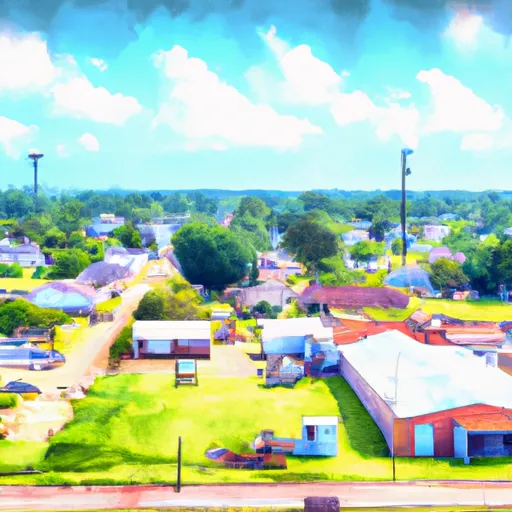°F
°F
mph
Windspeed
%
Humidity











Holden, Louisiana is a small town located in the southeastern part of the state. It experiences a humid subtropical climate, characterized by hot and humid summers, mild winters, and abundant rainfall throughout the year. Summers in Holden can be quite hot, with average temperatures ranging from the low 90s°F (32°C) to the mid-70s°F (24°C). Winters are milder, with average temperatures ranging from the low 60s°F (16°C) to the mid-40s°F (7°C).
Hydrologically, Holden is situated near the Natalbany River, which provides opportunities for various water-based activities such as fishing, boating, and kayaking. The river is home to diverse fish species, including bass, catfish, and bream, making it a popular destination for anglers. Additionally, the town is surrounded by lush forests, offering opportunities for hiking, camping, and wildlife observation. Nearby attractions include Tickfaw State Park, which features scenic trails, picnic areas, and a nature center.
Overall, Holden's climate, proximity to the Natalbany River, and surrounding natural landscapes provide ample opportunities for outdoor recreation enthusiasts to enjoy various activities in a beautiful and diverse environment.
Weather Forecast
Holden receives approximately 1632mm of rain per year, with humidity levels near 89% and air temperatures averaging around 20°C. Holden has a plant hardyness factor of 8, meaning plants and agriculture in this region tend to thrive here all year round.
Regional Streamflow Levels
70
Cubic Feet Per Second
26
Cubic Feet Per Second
459
Cubic Feet Per Second
2,680
Cubic Feet Per Second
Nearby Camping
| Camping Area | Reservations | Toilets | Showers |
|---|---|---|---|
| Percy Quin State Park | |||
| Little Sunflower River | |||
| South Recreation Composite | |||
| Tickfaw State Park | |||
| St. Peters 370 Lakeside Park | |||
| Float Camp |



